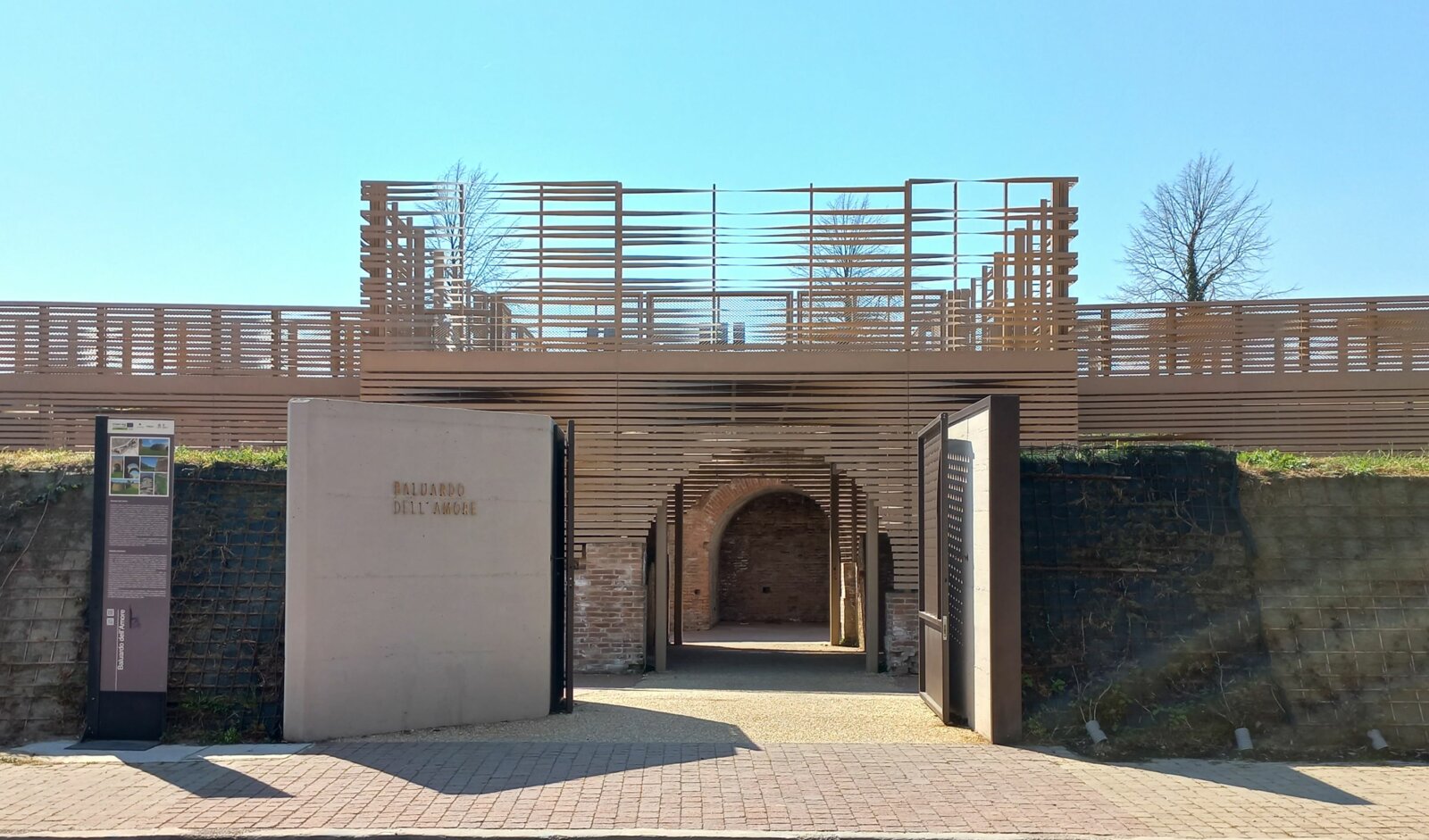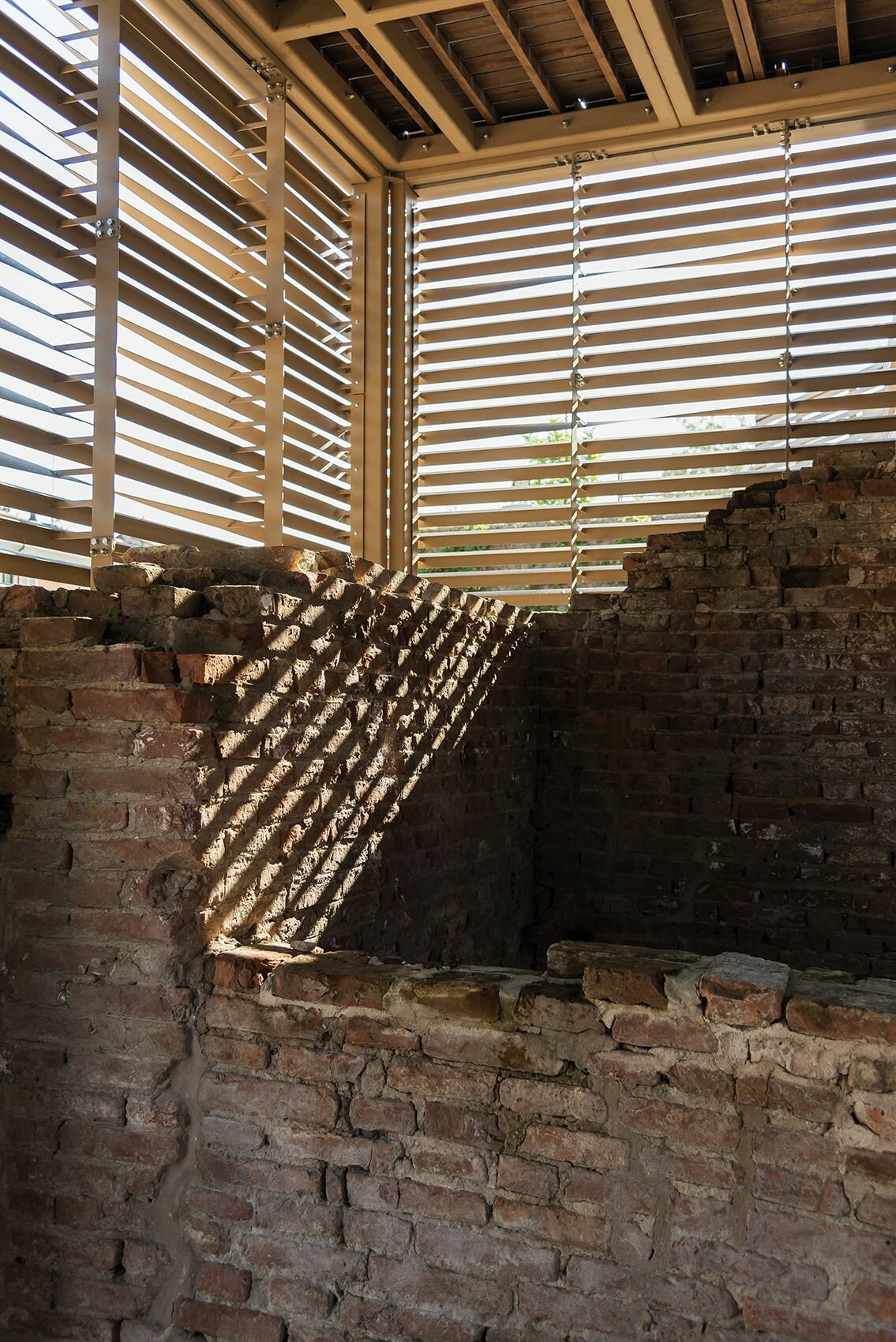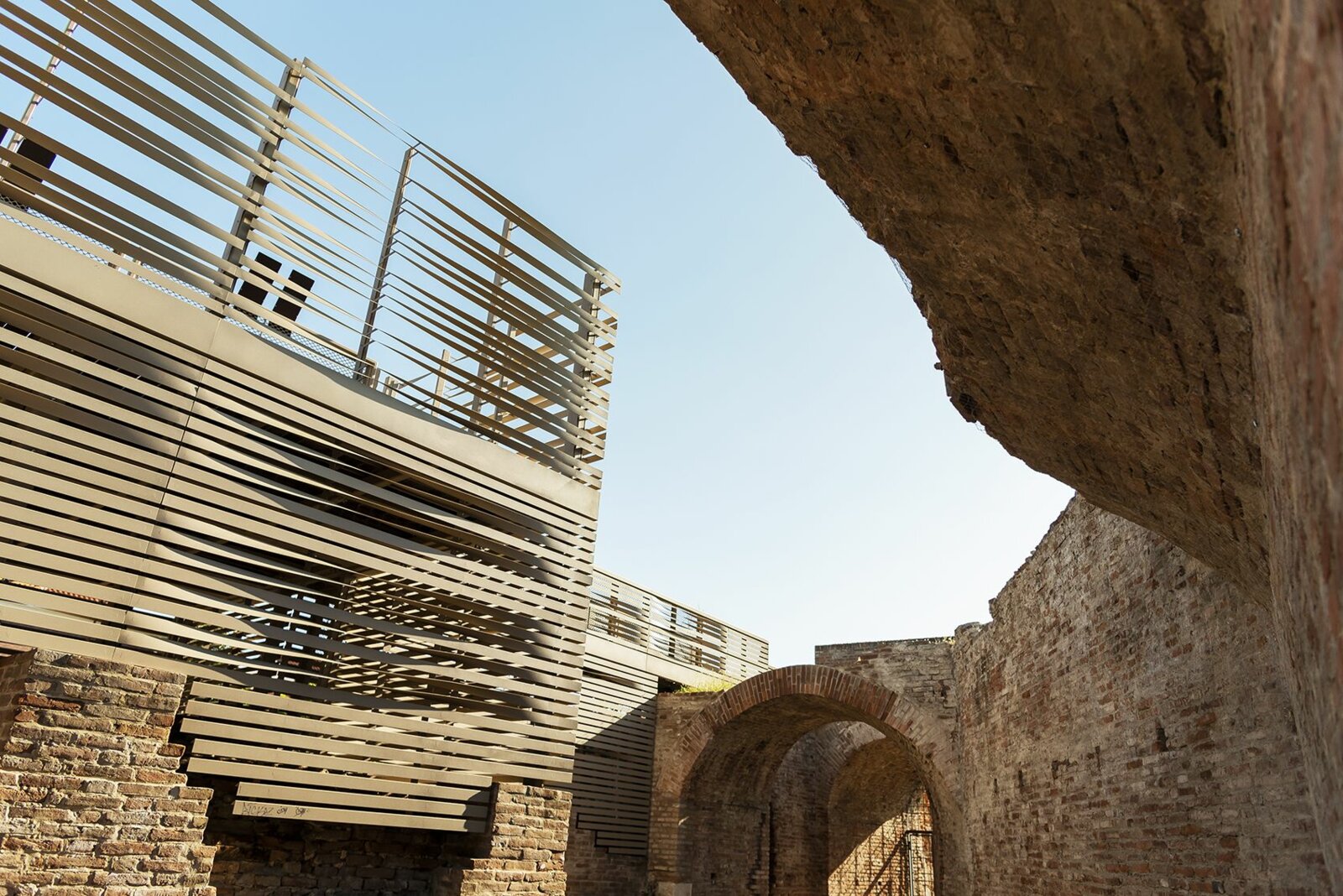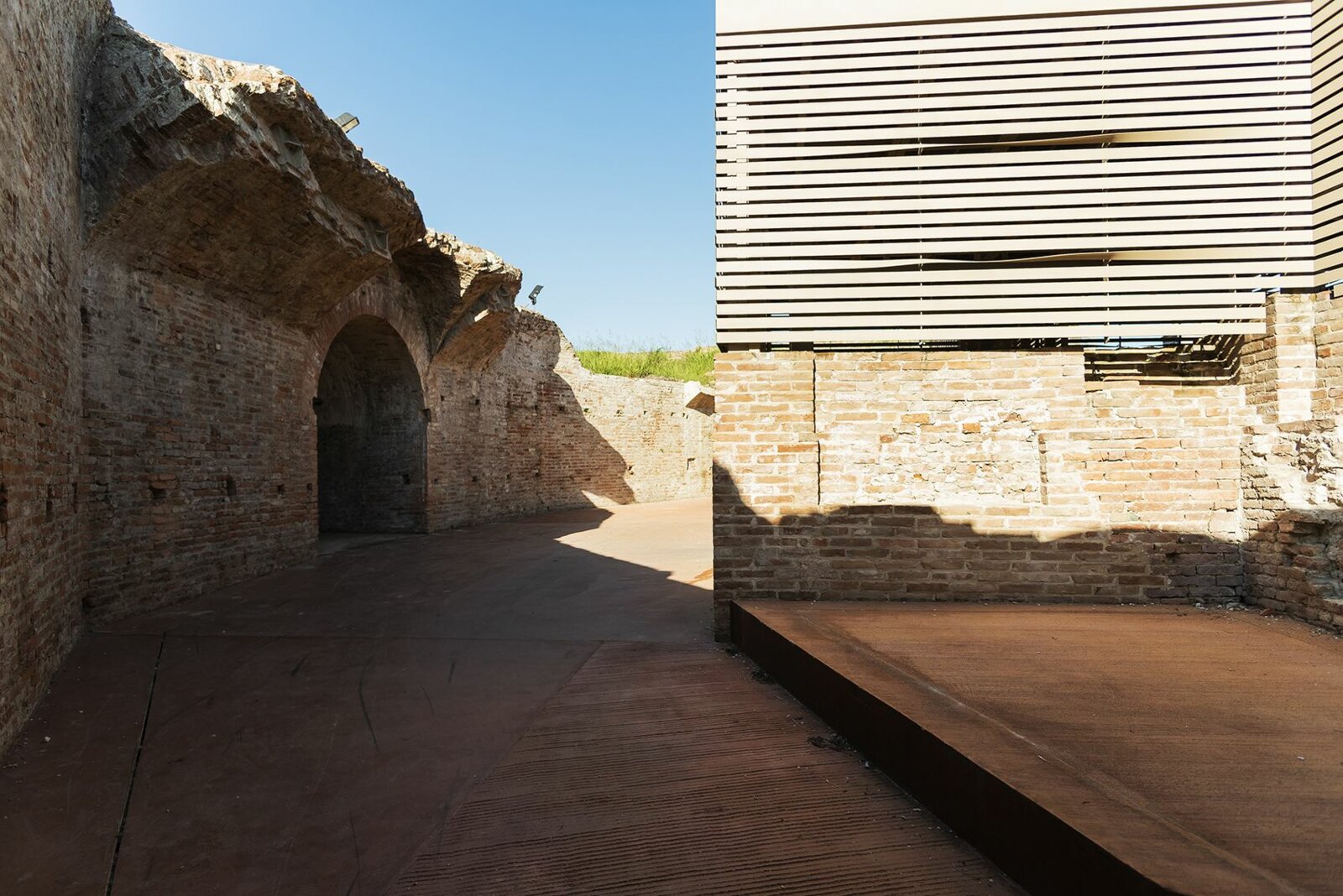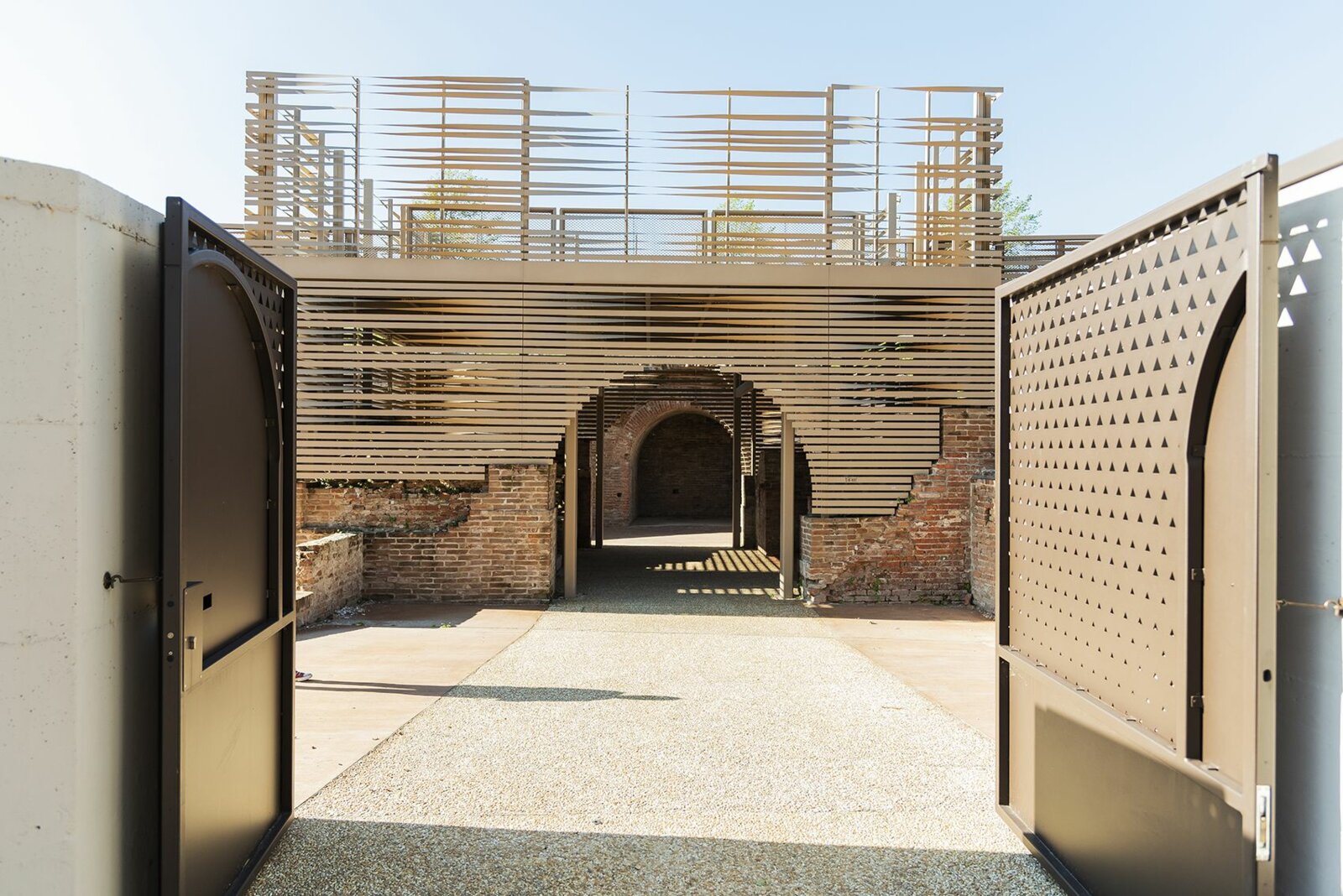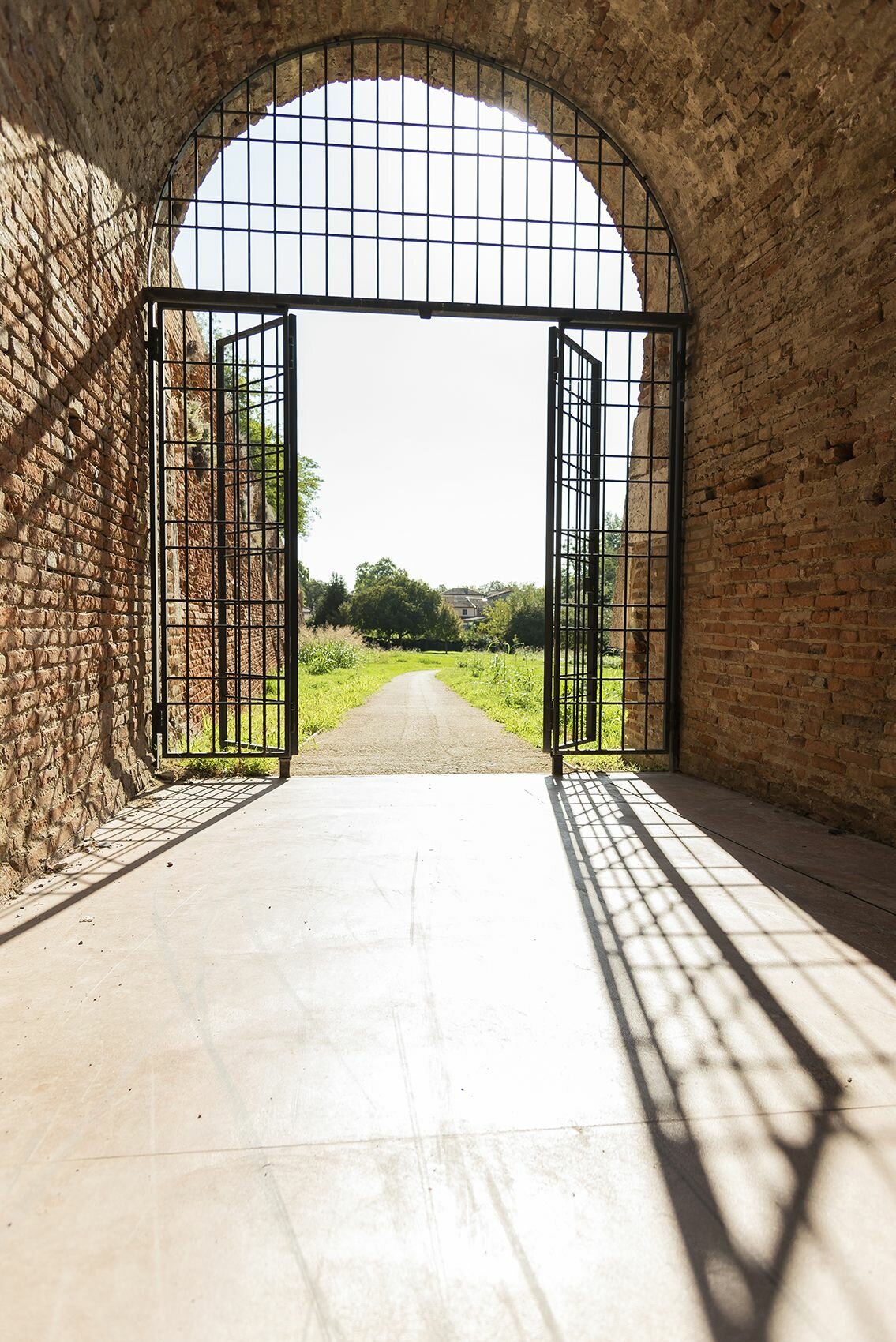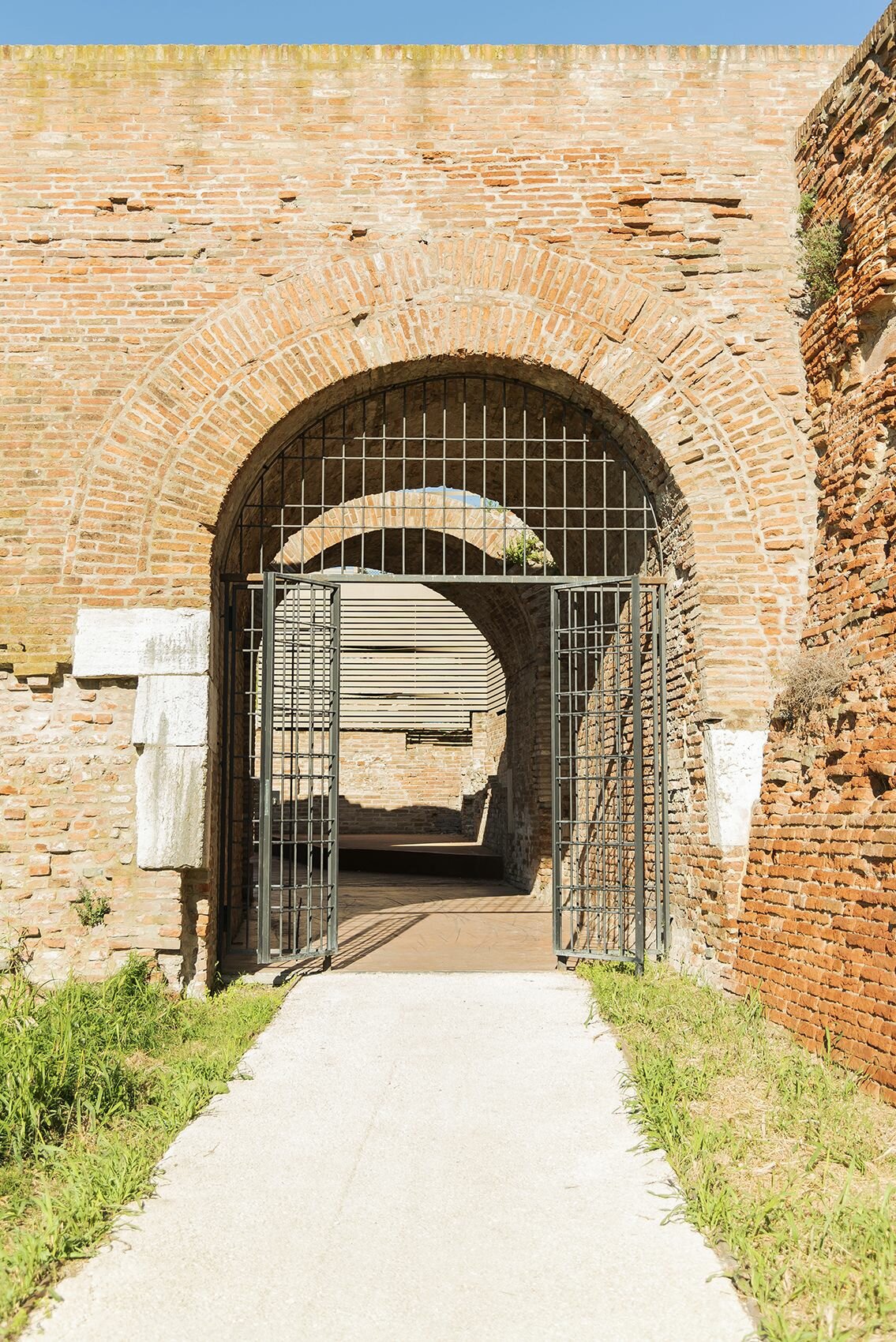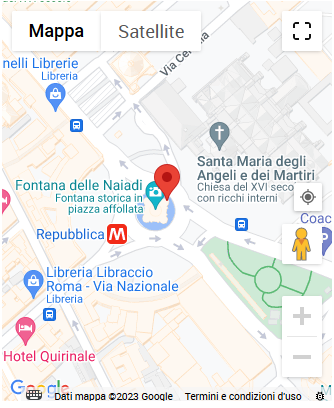To be seen because...
You will discover a real museum area as you walk along the walls
You will be able to linger and observe the particular shapes of the ramparts and study the architecture of the walls in detail
You will gain access to the bowels of the city walls and observe their structure from the inside
Potrebbe interessarti anche

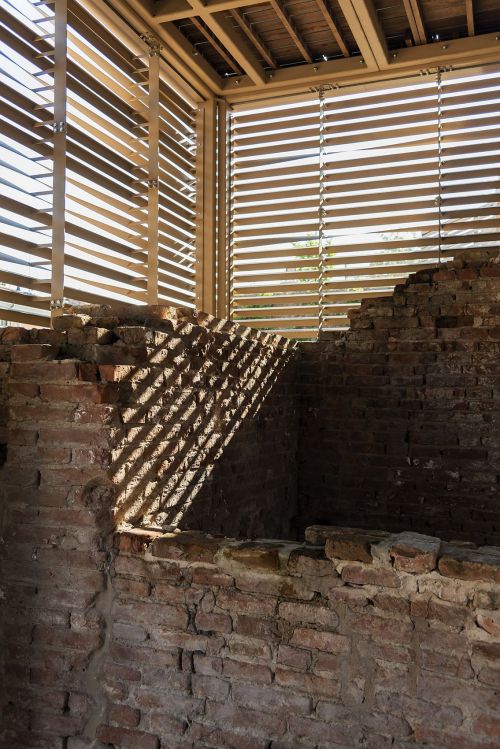
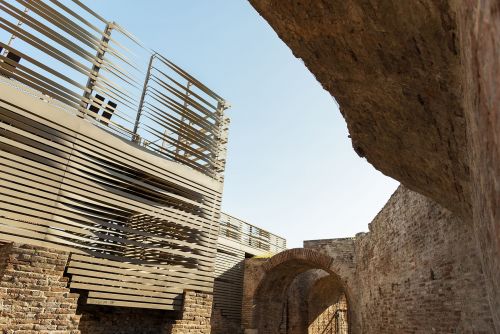
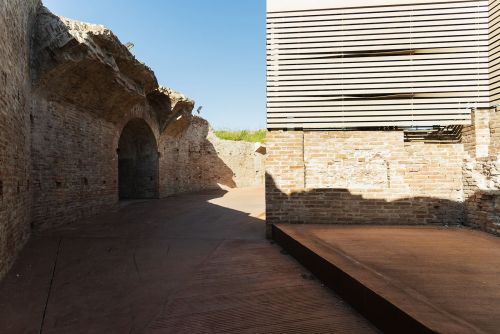
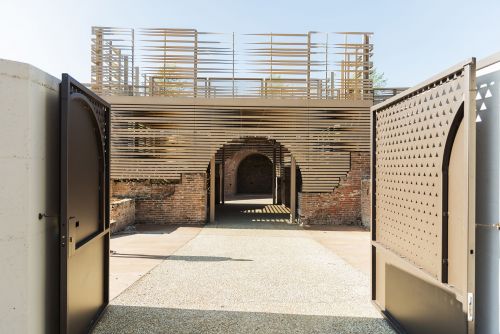
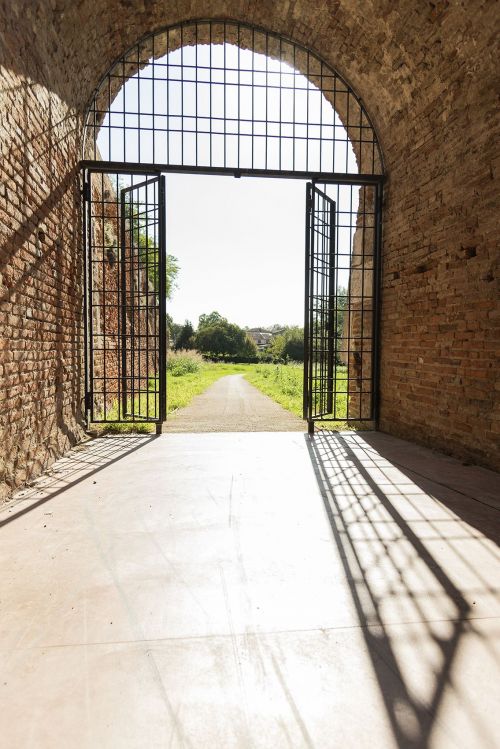
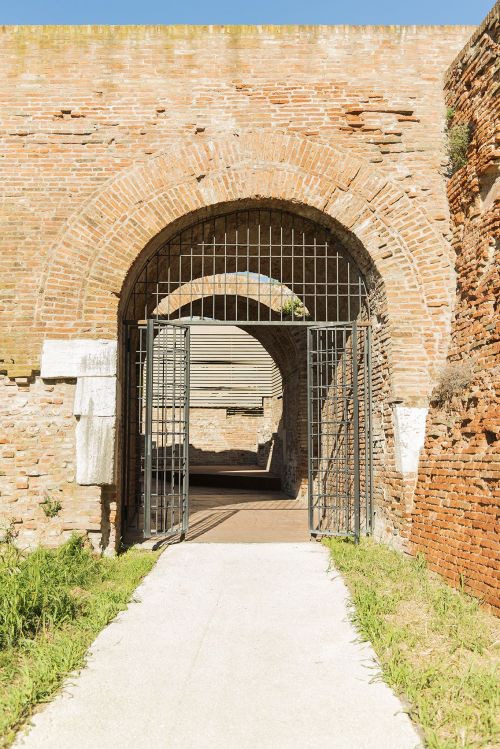
Baluardo dell'Amore Archaeological Park
To be discovered during a relaxing walk in the greenery, the Baluardo dell'Amore is part of an accessible walking and biking route that covers 9 of the 13 kilometres that originally made up the Walls of Ferrara. Brought to light four hundred years after its construction, it is located at the ancient gate of the same name.
Historical Notes
The Baluardo dell'Amore was built during the rule of Alfonso II, between 1578 and 1585, along the pre-existing city walls. Alfonso II decided to further fortify the previously built city wall and to do so he relied on military engineers and technicians such as Cornelio Bentivoglio, Marcantonio Pasi, Giulio Thiene and Giovanni Battista Aleotti.
Entering the space where the ancient bulwark stood, you will be confronted with the reconstruction of the curtain wall consisting of the remains of the Borsian wall and the 15th-century Porta dell'Amore (Gate of Love).
A fascinating itinerary, easily accessible from the city centre, that will take you back in time!
The Visit
You can enter the Archaeological Park from Via Baluardi, through an iron gate placed between the two curtain walls of the area. Upon entering, you will be confronted by a curtain wall, consisting of the remains of the so called Borso's walls and the Porta dell'Amore (Gate of Love), which has been rearranged, and which rises upwards to reproduce the original volumes. Above this curtain wall, the walkway has been installed to reconnect the wall route, at the centre of which is the upper level of the Porta dell'Amore (Love Gate).
You can enter the park, passing under the gate, thanks to the "reconstructed" arch opening, and after observing the findings inside the tower, you can exit to observe the arrow-shaped ravelin dating back to 1557, restored and consolidated. Here you can visit two small rooms with barrel vaults, one in the centre originally used as a weapons store, and the other, on the north-west axis, used as a small oratory. On the masonry of the small bastion are clearly visible impost lines, ashlars and keystones of vaults that recall the covering system of the "gallery" interposed between Borso's walls and the ravelin; on the opposite ends, to the north-west and south-east, openings allow the exit to the rampart under the wall.
The entire walking surface of the area inside the park consists of a new paving that, worked and designed, "quoting" the original paving found.
You may not know about...
ACE OF SPADES. If you pay attention to the city plan, you will notice that the areas in which the bulwarks fit have a characteristic “ace of spades” shape. This shape was used to optimise the defensive strategy: in the flanks of the great Alphonsine bastions (dell'Amore, San Pietro, Sant'Antonio and San Lorenzo) two shooting tiers were provided, the so-called “traitor fires”, because they were hidden from the enemy’s eyes by the “ears”.

